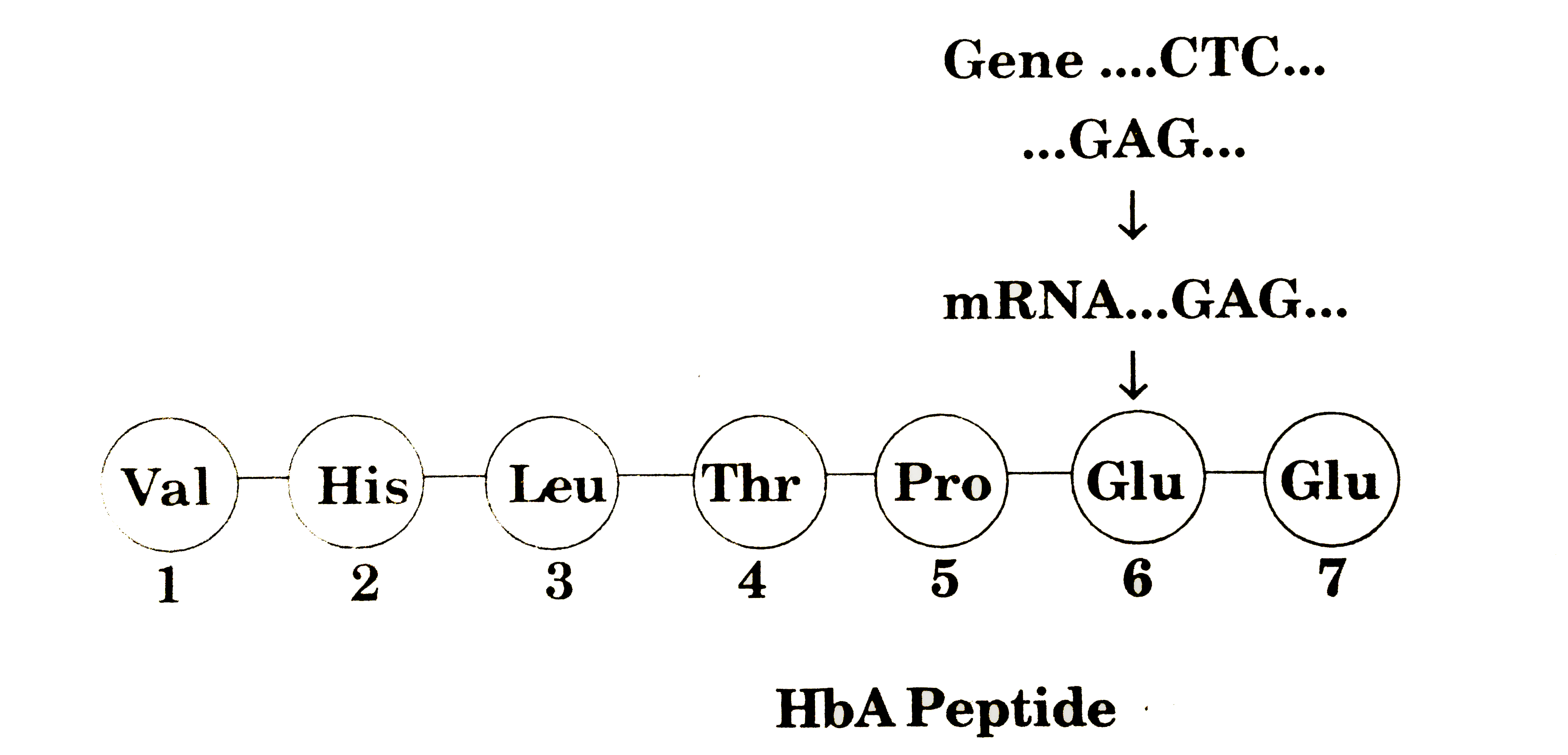Answer the following questions referring the data below.
Grey colour (b+/b) , normal winged (Vg+/Vg)F1 female X Black coloured (b/b) vestigial winged (Vg/Vg) male.
The offspring were grey normal 126, grey vestigial 24, black normal 26 and black vestigial 124.
What is the cause of above phenotypic ratio?
Cause: Linkage between genes of body colour and wing type and occasional crossing over.
Topper's Solved these Questions
- PRINCIPLES OF INHERITANCE AND VARIATIONBOOK - ICSECHAPTER - PRINCIPLES OF INHERITANCE AND VARIATIONEXERCISE - PRACTICE QUESTIONS ( VERY SHORT ANSWER TYPE QUESTIONS)
31 Videos
- PRINCIPLES OF INHERITANCE AND VARIATIONBOOK - ICSECHAPTER - PRINCIPLES OF INHERITANCE AND VARIATIONEXERCISE - PRACTICE QUESTIONS ( SHORT ANSWER TYPE-I QUESTIONS)
15 Videos
- ORGANISMS AND POPULATIONSBOOK - ICSECHAPTER - ORGANISMS AND POPULATIONSEXERCISE - COMPETITION CORNER (ASSERTION AND REASON TYPE QUESTIONS)
22 Videos
- QUESTION PAPER 2022 TERM 1BOOK - ICSECHAPTER - QUESTION PAPER 2022 TERM 1EXERCISE - MULTIPLE CHOICE QUESTIONS
45 Videos
Similar Questions
Answer the following questions referring the data below.
Grey colour (b+/b) , normal winged (Vg+/Vg)F1 female X Black coloured (b/b) vestigial winged (Vg/Vg) male.
The offspring were grey normal 126, grey vestigial 24, black normal 26 and black vestigial 124.
What ratio is expected in this cross? Does the above phenotypic ratio confirm the expected ratio?
View SolutionIn a cross in Drosophila , the heterozygous member with grey body (b+) and long wings (vg+) was crossed with black body (b) and vestigial wing (vg) and had the following ratio grey vestigial 24 : grey long 126: black long 26 : black vestigial 124 . What is the frequency of recombinant in the population ?
View SolutionDraw the gene maps of the following:
Morgan and Strutevant found recombination frequencies between 3 genes to be as follows: (i) b (black body) and vg (vestigial wings) = 18% (ii) b and cn (cinnabar eye) = 9% (iii) on and vg = 9.5%
View SolutionIn rabbit black skin (B) is dominant over brown skin (b) and short hair (S) is dominant over long hair (s). If homozygous black-short haired male is ceossed with a homozygous brown-long haired female. All F1−offspring are heterozygous black-short haired. F1 male crossed with F1 female. In F2 generation what is the percentage of homozyhous black-short haired offspring :-
View SolutionGiven below is the representation of amino acid composition of the relevant translated portion of β-chain of haemoglobin, related to the shape of human red blood cells.

(a) Is this representation indicating a normal human or a sufferer from certain related genetic disease? Give reason in support of your answer.
(b) What difference would be noticed in the phenotype of the normal and the sufferer related to this gene?
(c) Who are likely to suffer more from the defect related to the gene represented the males, the females or both males and females equally? And why?
View SolutionGiven below is the representation of amino acid composition of the relevant translated portion of β-chain of haemoglobin, related to the shape of human red blood cells.

(a) Is this representation indicating a normal human or a sufferer from certain related genetic disease? Give reason in support of your answer.
(b) What difference would be noticed in the phenotype of the normal and the sufferer related to this gene?
(c) Who are likely to suffer more from the defect related to the gene represented the males, the females or both males and females equally? And why?
View SolutionA metal 'X' normally used for making calorimeters is heated in abundant supply of air until a black coloured residue ' Y' is obtained. This Y reacts with sulphuric acid to form blue coloured salt 'Z'. When to this solution little of ammonium hydroxide was added, pale blue precipitates of 'A' are obtained. This 'A' dissolves in excess of ammonium hydroxide to form a deep blue solution B. Identify the metal X and write the equations for the formation of various compounds i.e., Y, Z, A and B.
View SolutionA pair of curves y=f1(x) and y=f2(x) are such that following conditions are satisfied.(i) The tangents drawn at points with equal abscissae intersect on y-axis.(ii) The normals drawn at points with equal abscissae intersect on x-axis. Answer the question:Which of the following is true (A) f'1(x)+f'2(x)=c (B) f'1(x)−f'2(x)=c (C) f'21(x)−f'21(x)=c (D) f'21(x)+f'22(x)=c
View Solution
